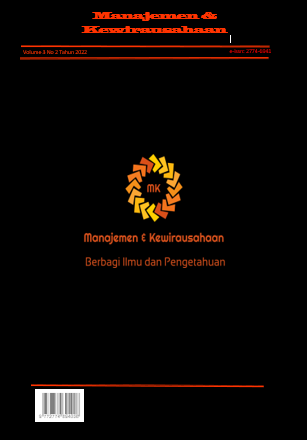COVID 19 Related Stress and Teaching in Distance Learning: Exploring its Relationship among Faculty Members in State University in Quezon Province
DOI:
https://doi.org/10.53682/mk.v3i2.4089Keywords:
faculty members, quality of teaching, work-related stress, distance learningAbstract
This research determined the level of work related stress and quality of teaching among 161 selected faculty members at State University in Quezon Province in the distance learning environment It described the faculty member s demographic profile and established conclusions about the relationship between work related stress and quality of teaching Also it determined the significant difference in work related stress and quality of teaching when grouped according to the profile of respondents The study used a correlational research design in which quantitative data was collected using survey questionnaires This study used various statistical tools such as descriptive statistics Analysis of Variance T test and Pearson Correlation Coefficient to analyze the data The study revealed that selected faculty members had a high perceived work related stress in terms of job demand and job control and a moderate perceived work related stress in terms of social support On the other hand faculty members teaching quality was rated as satisfactory Age civil status campus and years of teaching experience were found to be significant to faculty members level of work related stress and quality of teaching This research revealed a low positive correlation between work related stress and quality of teaching which suggests that when a faculty member s work related stress is high the faculty member s teaching quality is likely to be high but in a weak or unreliable manner < p>



